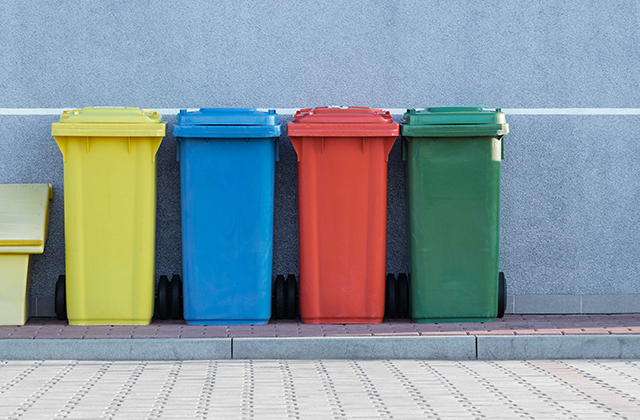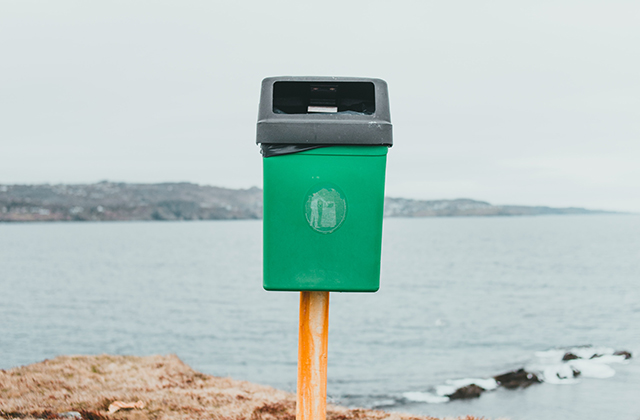Green bins for recycling are a great way to make sure your household waste is managed properly. Green bins for recycling are a great way to make sure your household waste is managed properly. There are three types of green bins for recycling: blue box, blue bag and multi-stream. Skip bins Christie’s Beach they also collect household waste for every town.
Blue Box: The City of Toronto provides blue bins for recycling. Blue bin programs consist of a bin that is collected by the city in order to recycle paper, cardboard and some plastic items. To encourage residents to recycle, the city offers curbside collection services either every second week or once per month depending on the neighbourhood. Blue boxes can be found at most local retailers and can be purchased for about $15 dollars in order to help reduce waste as well as provide support for the recycling program.
Blue Bag: This free program allows you to continue to use your own blue bag in order to recycle certain materials such as metal cans, plastic bottles, glass bottles, tetra paks and more. You can set them out on your lawn next to your garbage bins once every two weeks on garbage collection day.
Multi-Stream: Multi-stream recycling is becoming increasingly popular across Canada due to its convenience and accessibility. It allows people to place their recyclable materials into one bin that is also a big help for other garbages like electronics and some solid waste.
Tossing materials like paper and plastic into a single bin can contaminate other recyclables and make them unsaleable. As well, residents should be aware that by placing recyclable items in the wrong bin, they are not maximizing the amount of material they will receive back from the City when it comes time to sell their recyclables.
The following materials are acceptable for recycling:
- Paper and cardboard
- Newspapers and flyers
- Magazines (hard and soft cover)
- Boxboard (cereal/cracker boxes)
- Corrugated cardboard
- Glass bottles and jars (clear, brown, green and blue)
- Plastic bottles (1-2 containers only – no caps or lids)
- Metal cans (empty – no lids)
- Ceramics (plates, bowls, cups etc.)
No matter the size of your business, recycling is one of the most important things you can do for the environment. Recycling helps conserve energy, reduce pollution and preserve natural resources for future generations.
Green bins are collected weekly to recycle paper, plastic and metal. It is easy to set up a recycling program using your regular garbage collection service. Because of the high volume of material in green bins, they are hauled to a transfer station or sorting facility where the materials are separated and baled for processing.
Disposing of waste is one of the most important tasks for every country. The reason for this is that most people want to make sure that the environment stays clean and safe for everyone. There are many ways of doing this, but the main thing is that you have to make sure that your trash goes to the right recycling bins.
Different Types of Bins
The first thing you need to know is that there are different kinds of recycling bins, so if you want to sort out your garbage then it makes sense to know what each bin is used for. In most cases, you’ll be able to find three kinds: paper/cardboard, plastic and glass. These are usually placed in specific areas so they’re easy to find.
There’s also another type of bin which is not as common as the others, but it can still be found in some areas. This one is called an organic bin and it’s meant for composting purposes. It will help you turn your scraps into rich soil for growing plants in your backyard or garden. If you live near a farmer’s market, then there’s a chance that such a bin will be provided by a local.



